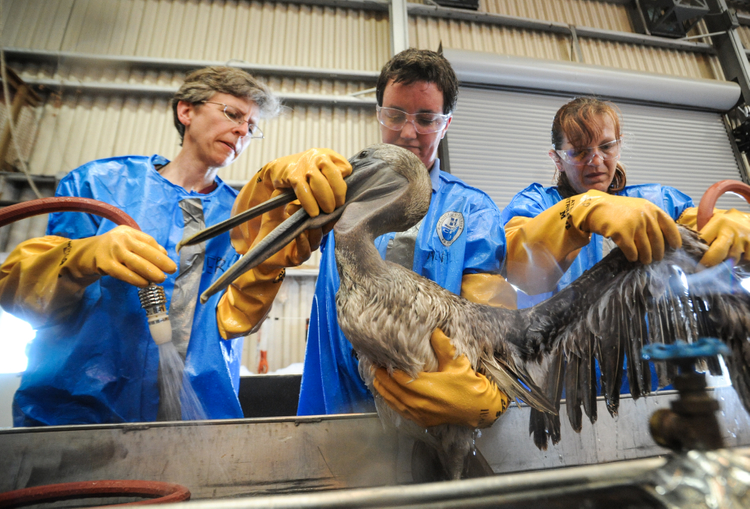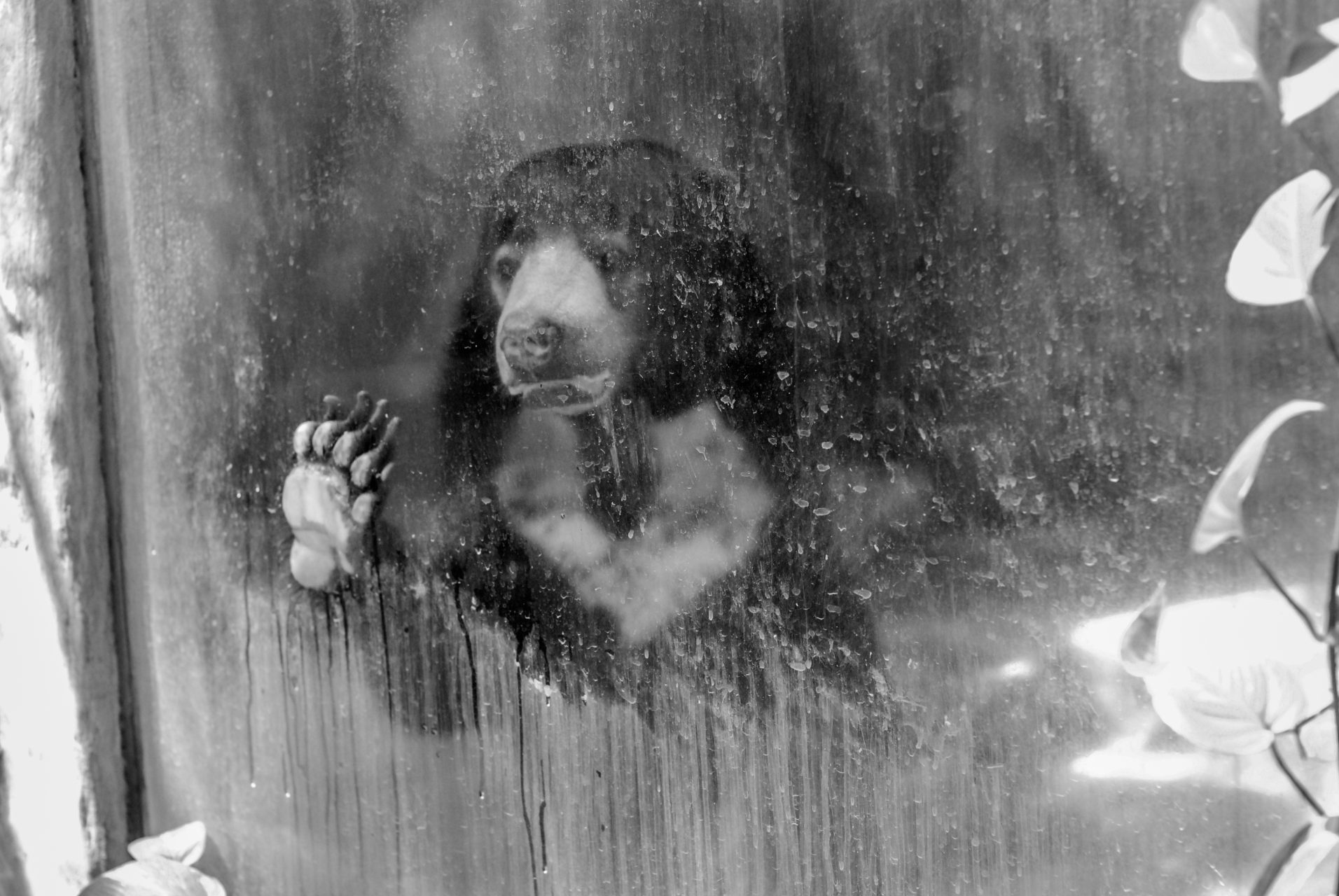
By Victoria Brockett
While activists offer reasons for potential recruits to see the world through their eyes, why someone would consider becoming vegan is also a question of what social movement scholars call frame resonance (Snow and Benford, 1998). People need to believe in an issue before joining a movement or changing how they live, and it is the activist’s job to frame or create a coherent picture of problems that warrant attention (Snow, 2004). Interestingly, a frame can ignite action in some people while squelching the support of others (McCammon, 2022). However, there is no hard and fast answer as to why frames resonate with some people and not others (Snow et al., 2019). Which frame resonates for what group remains an open question, and I suggest that social location – particularly race and gender – matter in terms of how a frame is received by a diverse public audience.

Informed by the framing perspective and feminist standpoint epistemologies, I study the vegan movement and analyse the real-time effects of proffered frames and social location on resonance. To explain the differential effects of frames, social movement scholars typically credit cultural landscape or frame qualities. Immersed in a wider cultural landscape, frames are bound by what is imaginable and plausible in a society. Moreover, frame properties, signalling more moderate or radical stances, for example, can mobilise some audiences while deterring others. In both instances, be it cultural landscape or frame qualities, the analytical spotlight is typically on activists and their goals (Giorgi, 2017). This is ironic because frame resonance relies on alignment between activists’ and audiences’ interpretations of an issue, yet understandings of the audience side of this linkage remain underdeveloped.
Rather than viewing audiences as passive recipients of frames, I rely on feminist standpoint epistemologies to identify mechanisms that may impact how vegan frames resonate with potential recruits. I operationalise social location to include race and gender as interlocking systems that produce distinct types of experiential social knowledge (Hill Collins, 2009). To account for differential resonance among a diverse public audience, I ask: Why and how might frames have different effects on varying groups? When compared to a moderate frame, are radical frames that call the status quo into question likely to resonate more with some groups when compared to others? Which frame is most likely to resonate for what group?
To answer these questions, I rely on novel experimental design in a national survey of 498 participants in the United States. I compare differences among marginalised and privileged groups based on their receptivity to different vegan frames that are presented as moderate or radical. Non-vegan survey participants were randomly assigned one vignette inspired by four of the vegan movement’s framing domains: health-centric, anti-speciesist, anti-racist, or environmental (Wrenn, 2019). All frames urge the public to adopt a vegan diet. However, like Carrie Freeman’s (2014) findings on framing in the animal rights movement, the more moderate health-centric frame in this study is detached from animal exploitation and focuses on the individual consequences of consuming nonhuman animals and their byproducts. Alternatively, anti-speciesist, anti-racist, and environmental frames depict animal exploitation from a more radical stance that calls the relationship between society and nonhuman animals into question. After reading the vignette, participants reported their likelihood of adopting a plant-based diet.
Although results indicate that frame properties (i.e. moderate or radical) and social location (i.e. race and gender) can independently account for resonance, the big story in this study is captured by the interaction between the two. Through an intersectional analysis, I find distinct patterns by gendered racial categories, particularly across more radical frames that challenge the relationship between human and nonhuman animals (i.e. anti-speciesist, anti-racist, and environmental vs. health-centric). People who are multiply marginalised, that is Black women, are nearly twice as likely to be swayed by a radical frame when compared to people who are multiply privileged, that is white men. This suggests the emergence of standpoint or political consciousness when assessing truth claims.
These findings are relevant for activists and analysts alike. It is important to underscore that people who are multiply marginalised are likely to have a congruent political consciousness that lends to more radical framings when compared to people who are multiply privileged. This finding is especially relevant in the present moment where mainstream depictions of veganism are often coded as a white and feminine form of lifestyle politics (Greenebaum, 2017; Wrenn, 2016). As women of colour have already expressed in relation to the vegan movement and beyond, having a unique lens to assess truth claims, oppressed groups remain poised to envision and lead alternate lifeways (Harper, 2010; King, 1988; Ko, 2019; Navarro 2021). From this vantage, intersecting social locations and broader systemic issues converge around racial/gender inequalities and veganism. As Silke Roth (2021, p. 1) puts it:
“It is important to understand that all social movements and movement organisations are shaped by multiple axes of privilege and discrimination, which influence who participates in these movements and how, what demands are pursued, and which are neglected, and how the issues of the movements and movement organisations are framed.”
Vegan movement organisations would benefit from taking the social location of their potential recruits, allies, and leaders into account if they hope to radically transform worldviews through their framing efforts. My research subsequently foregrounds the opportunities and challenges for researchers and activists concerned with the potential of becoming vegan.
For those interested in learning more, you can view the presentation of initial results at the 2022 International Association of Vegan Sociologists Annual Meeting and access the full paper published in Mobilization An International Quarterly.
References
Freeman, C. P. (2014) Framing Farming: Communication Strategies for Animal Rights. Boston, United States: Brill.
Giorgi, S. (2017) ‘The Mind and Heart of Resonance: The Role of Cognition and Emotions in Frame Effectiveness’, Journal of Management Studies, 54(5), pp. 711–38.
Greenebaum, J. B. (2017) ‘Questioning the Concept of Vegan Privilege: A Commentary’, Humanity & Society, 41(3), pp. 355–72.
Harper, A. B. (2010) Sistah Vegan: Black Female Vegans Speak on Food, Identity, Health, and Society. Brooklyn, NY: Lantern Books.
Hill Collins, P. (2009) Black Feminist Thought Knowledge, Consciousness, and the Politics of Empowerment. [2nd ed.]. New York: Routledge.
King, D. K. (1988) ‘Multiple Jeopardy, Multiple Consciousness: The Context of a Black Feminist Ideology’, Signs: Journal of Women in Culture and Society, 14(1), pp. 42–72.
Ko, A. (2019) Racism as Zoological Witchcraft: A Guide to Getting Out. Brooklyn, NY: Lantern Books.
McCammon, H. J. (2012) ‘Explaining Frame Variation: More Moderate and Radical Demands for Women’s Citizenship in the U.S. Women’s Jury Movements’, Social Problems, 59(1), pp. 43–69.
Navarro, M. C. (2021) ‘Radical Recipe: Veganism as Anti-Racism’, in The Routledge Handbook of Vegan Studies, (ed. Wright, L.). Routledge.
Roth, S. (2021) ‘Intersectionality and Coalitions in Social Movement Research – A Survey and Outlook’, Sociology Compass, 15(7), pp. 1–16.
Snow, D. A. (2004) ‘Framing Processes, Ideology, and Discursive Fields’, in The Blackwell Companion to Social Movements, (eds. Snow, D. A, Soule, S. A, and Kriesi, H.). Oxford: Blackwell. pp. 380-412.
Snow, D. A. and Benford, R. D.(198) ‘Ideology, Frame Resonance, and Participant Mobilisation’, International Social Movement Research, 1(1), pp. 197–217.
Snow, D. A., Soule, S. A., Kriesi, H. and McCammon, H. J. (2019) ‘The Framing Perspective on Social Movements: Its Conceptual Roots and Architecture’, in The Wiley Blackwell companion to social movements, Wiley Blackwell companions to sociology. Hoboken, NJ: Wiley Blackwell, John Wiley & Sons, Inc.
Wrenn, C. L. (2016) ‘An Analysis of Diversity in Nonhuman Animal Rights Media’, Journal of Agricultural and Environmental Ethics, 29(2), pp. 143–65.
Wrenn, C. L. (2019) ‘The Vegan Society and Social Movement Professionalisation, 1944–2017’, Food and Foodways, 27(3), pp. 190–210.











